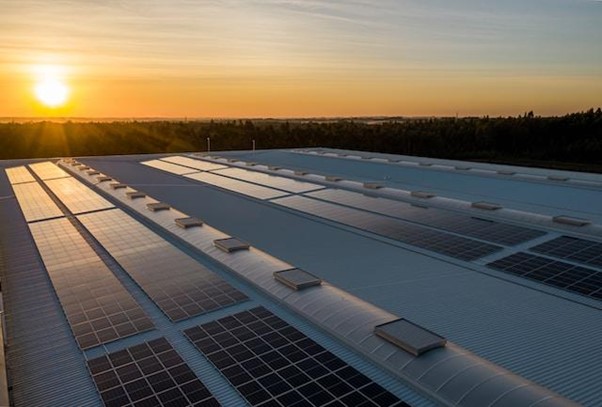Daryl Martis is a technology and business veteran currently working as a Product Director. In the article below, Daryl Martis discusses how, with innovative technologies, visionary thinking, and unwavering commitment, trailblazers are reshaping the way we generate, distribute, and consume energy.
The past two centuries of the energy sector have been rife with long periods of uncertainty and disruption, with short bursts of stability. And due to the technology-intensive nature of the industry, it’s going through another much-needed overhaul, thanks to the brilliant minds of clean energy entrepreneurs.
Accelerated by advances in mass manufacturing, digital technologies, and environmental awareness, sector participants are innovating now more than ever before, transforming the industry for the better.
The Entrepreneur-Led Sustainable Innovations That Are Revolutionizing the Sector
To reach the Sustainable Development Scenario outlined by the IE World Energy Outlook, innovators must quicken the deployment pace to sharpen competitiveness, reduce costs, and battle emissions rapidly.
Luckily, the framework doesn’t include technologies that aren’t already created, providing promise for a bright clean energy future. That said, only seven of the 45 critical solutions are deemed “on track” to hit deployment targets set in the Sustainable Development Scenario.
Aiding the charge toward a net zero future are participating entrepreneurs striving every day to bring clean energy technologies to the forefront. Some such applications include:
Smaller and Faster: Modular Models
Modular technologies boasting small unit sizes are penetrating the energy end-user niche. From heat pumps to solar panels to electric vehicles, these smaller, cheaper, faster, and shorter products promote the ideal scenario — a switch from fossil fuels to electricity inputs.
Daryl Martis notes that the characteristics of modular units are a far cry from the technologies that have flooded the market over the past 100 years. The benefits? Cleaner mass production and standardized installation and electronics for quicker innovation in various industries.
The niche’s size is ever-growing, with private incentives for startups wanting to improve modular models expanding with it. This piggyback trend has sparked increased investments from sustainability-focused minds.
Charging Batteries: A Game-Changing Modular Innovation
Perhaps one of the main innovations in this category spear-headed by entrepreneurs are charging batteries for energy storage. Daryl Martis explains that, as mentioned by the European Investment Bank, innovations in this niche signify a game-changing speed booster on the road to net zero.
While not a new concept, the continuous development of batteries is imperative for the globe’s transition to clean energy as they are key for low-emission mobility and stationary storage.
 Battery innovations will:
Battery innovations will:
- Aid smart grid development.
- Integrate renewable generation.
- Allow boosted efficiency in network operations.
- Plan for the cost-efficient future of grid investments.
Entrepreneurs are making batteries more cost-effective, reducing the need for rare, expensive materials, reducing the carbon footprint of battery manufacturers, and enhancing product safety. And it appears lithium-glass batteries could do the trick, thanks to their longer lifespans, lower working temperatures, safer materials, and increased energy storage.
Bigger and Longer: Large-Scale Models
Of course, the entirety of the world cannot run on small units. Thus, the Sustainable Development Scenario won’t be reached without various large-scale solutions, like new nuclear designs and low-carbon industrial processes.
These applications require innovation in chemical engineering and materials, presenting a plethora of opportunities for entrepreneurs to shake things up.
Daryl Martis reports that large-unit-size tech comes with unparalleled risks requiring much more capital during the early development stages. Due to their jaw-dropping costs and value chain complexities, nuclear, hydrogen, smart city solutions, and CCUS all fall into this category.
Governments tend to take on a large proportion of the innovation costs here, allowing startups to reach the desired results for themselves and the environment. While entities are already offering their monetary resources and propensity for risks, the experts at International Energy Agency mention more strategic approaches are needed, comprising tax credits, equity investments, loans, R&D grants, and knowledge sharing.
Bladeless Wind Energy: A Front Runner for the Category
The general consensus may be that wind turbines have reached the end of their innovations. But that is far from the case, as Spanish startup, Vortex Bladeless, has masterfully demonstrated.
The new design doesn’t involve a three-meter-tall turbine column secured by an elastic rod that oscillates and sways depending on the wind speed. The resultant vibrations produce energy, while negating the exorbitant space required for conventional wind farms.
The need for constant clean energy innovations will remain for decades to come, with inspiring entrepreneurs, startups, and industry giants paving the way for a net zero world.








